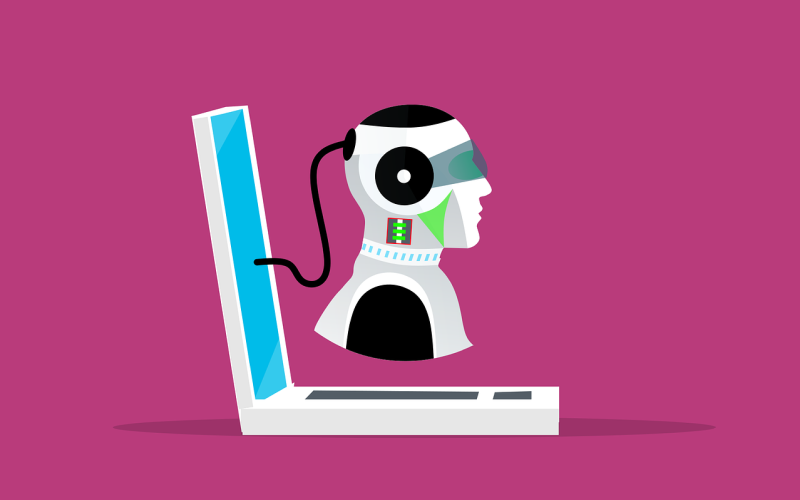In recent years, robotics has transformed how we think about care for the elderly and pediatric populations, providing assistance, companionship, and even joy to those who need it most. These robotics innovations aren’t just futuristic gadgets; they’re tools making real-life impact by addressing unique challenges in caregiving, mobility, communication, and mental well-being for both the elderly and young children.
For the elderly, robotics brings new levels of independence and safety. One key application is in mobility assistance, where robots like robotic walkers or exoskeletons help seniors move around more confidently and safely. Some robotic assistants can help with simple daily tasks, such as fetching items, opening doors, or turning off lights. More advanced robots can monitor health metrics—tracking things like heart rate and blood pressure—and can alert caregivers or family members if there’s a sudden change, helping prevent emergencies.
Social robots are another significant innovation for elderly care. Designed to offer companionship, these robots—like the popular PARO robot, modeled after a baby seal—can be life-changing for elderly individuals experiencing loneliness. These robotic companions are especially helpful for individuals in memory care, providing calming, repetitive interactions that can help reduce stress and foster a sense of connection.
For children, especially those with special healthcare needs, robotics offers both therapeutic and educational opportunities. Robots in pediatric hospitals can serve as playmates or even help distract children during treatments, reducing anxiety in ways that traditional care tools can’t. Robots like “Moxi,” designed to interact with children, provide a friendly face that can explain medical procedures in a gentle way or offer comfort during stressful moments. Beyond the hospital, robots are even used in homes and schools to support children with autism and developmental delays, helping them practice communication and social skills in a controlled, friendly setting.
Robotics also introduces creative ways for children to learn and explore. Educational robots teach kids foundational skills like coding, logic, and problem-solving, while providing companionship and emotional support, especially for children who may struggle with traditional classroom environments.
However, while robotics offers remarkable benefits, there are ethical considerations, too. Ensuring that robots are safe, reliable, and respectful of privacy is essential. And while robots are valuable, they can’t—and shouldn’t—replace human touch and empathy, especially in healthcare. For now, robotics serves as a valuable extension of human care, stepping in where support is needed most.
As robotics continues to evolve, its potential to support both the elderly and pediatric populations will only grow. What’s clear is that technology, thoughtfully developed, can be a powerful partner in care—bringing dignity, independence, and even a little joy to some of the most vulnerable members of society.





Hello, i believe that i noticed you visited my weblog so i came to “return the favor”.I’m attempting to in finding things to enhance my site!I suppose its adequate to use a few of your ideas!!